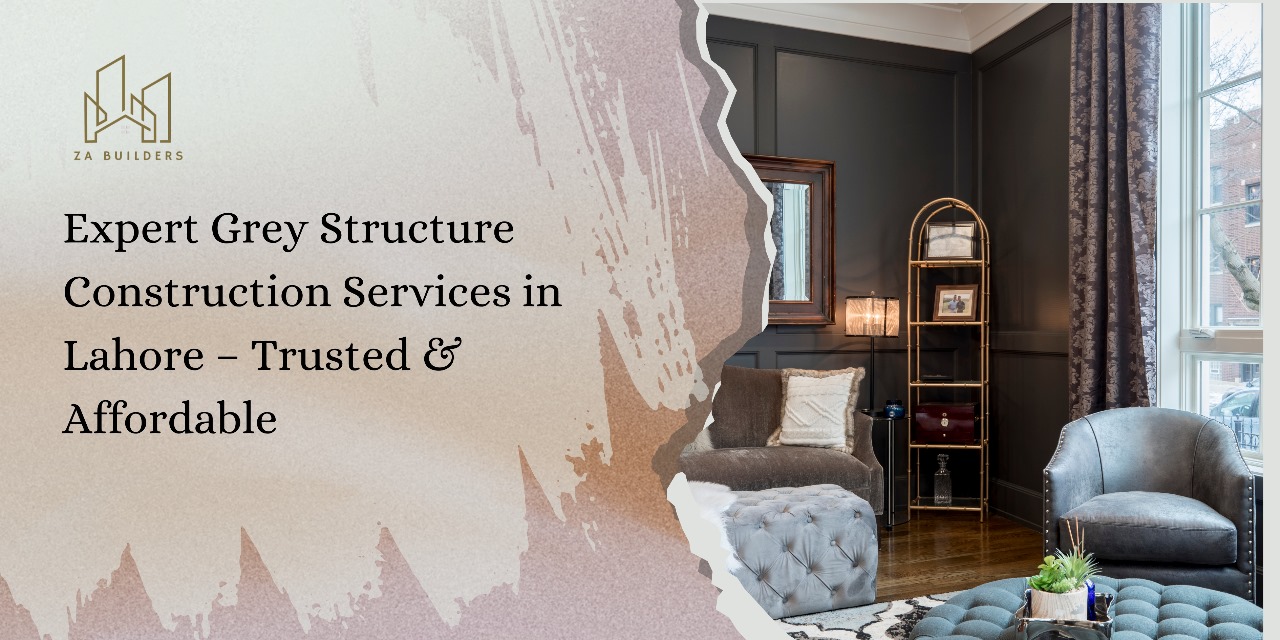In today’s dynamic work environment, the demand for flexible, professional meeting spaces has never been higher. Whether you’re a freelancer meeting clients, a startup pitching investors, or a corporate team hosting workshops, renting a meeting room offers a convenient and effective solution.
This comprehensive guide explores everything about renting meeting rooms in 2025—from why you should rent, what to look for, how to book, and tips to get the best deal.
Why Rent a Meeting Room?
Not every business or professional needs a permanent, dedicated meeting space. Renting a meeting room provides several key advantages:
1. Professional Environment
A rented meeting room offers a polished, distraction-free space ideal for client meetings, interviews, or presentations—helping you make the right impression.
2. Cost-Effective
Renting eliminates the need for long-term leases, maintenance costs, and expensive office furniture. Pay only for the time and facilities you use.
3. Flexibility
Whether you need a room for an hour, a day, or recurring use, rental options adapt to your schedule.
4. Access to Facilities
Many rented meeting rooms come fully equipped with Wi-Fi, AV equipment, refreshments, and receptionist support.
5. Location Advantage
Rent in prestigious or convenient locations without the overheads of ownership.
Types of Meeting Rooms Available to Rent
When renting, you’ll find a variety of room types catering to different needs:
Boardrooms
Ideal for formal meetings, boardrooms typically feature large tables, executive chairs, and presentation technology.
Interview Rooms
Small, private rooms perfect for one-on-one or panel interviews.
Training Rooms
Spacious rooms with flexible seating and multimedia tools for workshops or seminars.
Conference Rooms
Suitable for larger groups or networking events, with theatre-style seating and enhanced AV setups.
Creative/Breakout Rooms
Informal settings designed to encourage brainstorming and team collaboration.
Essential Features to Check When Renting a Meeting Room
Before booking, ensure the room includes:
-
Reliable High-Speed Internet
Crucial for video calls and online presentations. -
Audio-Visual Equipment
Projectors, screens, microphones, and speakers. -
Comfortable Seating
Ergonomic chairs and enough space per person. -
Privacy and Soundproofing
For confidential conversations. -
Accessibility
Step-free access and facilities for disabled attendees. -
Refreshments
Availability of coffee, tea, water, or catering options. -
Booking Flexibility
Options for hourly, half-day, or full-day hire.
How to Rent a Meeting Room: Step-by-Step
1. Identify Your Needs
Estimate the number of participants, tech requirements, and preferred location.
2. Research Venues
Use online platforms, coworking spaces, hotels, or business centres that offer meeting room rentals.
3. Compare Costs and Facilities
Look beyond price—consider included services, accessibility, and support.
4. Visit the Room (If Possible)
A physical or virtual tour helps verify suitability.
5. Understand Terms and Conditions
Check cancellation policies, extra charges, and minimum booking times.
6. Confirm Booking and Payment
Secure your slot with a deposit or full payment as required.
Where to Rent Meeting Rooms in London and Other UK Cities
London remains a hotspot for meeting room rentals, with options ranging from sleek city centre boardrooms to creative spaces in Shoreditch. Other major UK cities like Manchester, Birmingham, and Edinburgh also offer competitive venues.
Consider these popular areas in London for renting meeting rooms:
-
City of London: Finance and legal hubs with premium boardrooms
-
Soho and Fitzrovia: Creative and media-friendly spaces
-
Shoreditch: Startup and tech scene
-
Southbank: Scenic river views with easy access
-
Kensington: Elegant, client-facing rooms
Cost of Renting Meeting Rooms
Pricing varies depending on location, room size, and amenities. Typical ranges in London are:
| Room Type | Hourly Rate | Half Day | Full Day |
|---|---|---|---|
| Small Interview Room | £15–£40 | £60–£100 | £100–£180 |
| Boardroom (8–12) | £30–£80 | £120–£200 | £220–£350 |
| Training Room | £50–£120 | £180–£300 | £300–£600 |
| Conference Room | £100–£250+ | £400–£700 | £700–£1200 |
Benefits of Renting Meeting Rooms vs Owning
| Renting Meeting Rooms | Owning a Meeting Room |
|---|---|
| Flexible, pay-as-you-use model | Higher upfront and maintenance costs |
| Access to professional facilities | Requires space and furniture investment |
| Variety of locations available | Limited to owned property |
| No long-term commitment | Fixed asset, limited adaptability |
| Ability to scale up/down quickly | Harder to change room size/layout |
Tips to Maximise Your Meeting Room Rental
-
Book Early: Popular venues fill quickly, especially during business hours.
-
Clarify Equipment Needs: Avoid surprise charges for tech use.
-
Check Reviews: Get feedback from previous users.
-
Negotiate Discounts: Longer or repeat bookings may attract better rates.
-
Consider Accessibility: Make sure all attendees can easily reach the venue.
The Future of Meeting Room Rentals in 2025 and Beyond
As hybrid working becomes the norm, meeting room rental providers are innovating:
-
Smart Rooms with app-based booking and IoT devices for climate and lighting control.
-
Hybrid Meeting Spaces equipped with top-tier video conferencing technology.
-
Eco-Friendly Venues focusing on sustainability and wellness.
-
Flexible Layouts that adapt from formal boardrooms to informal lounges.
Conclusion
Renting a meeting room is a practical, cost-effective way to access professional spaces tailored to your needs without the hassle of ownership. By understanding your requirements, exploring options, and booking smartly, you can create successful meetings that impress clients, inspire teams, and drive business forward.
Whether you’re in London, Manchester, or any other city, there’s a perfect meeting room waiting to be rented—offering convenience, professionalism, and flexibility in 2025.



